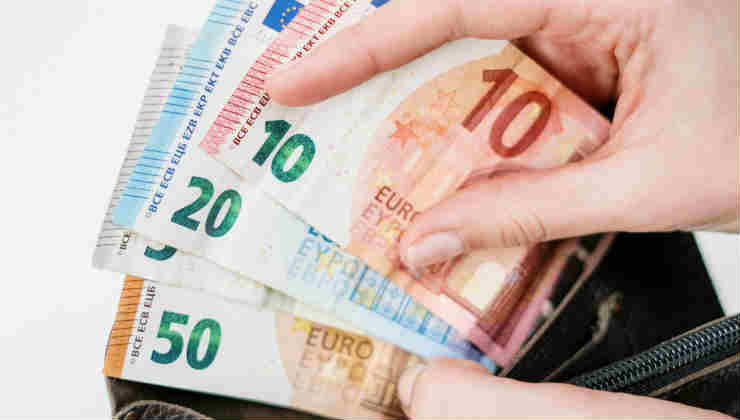OFFICIAL: “No taxes unless you exceed 100,000 euros in income” | Only the rich pay: Italy has decided

Good news for some categories of workers who will be able to take advantage of some opportunities to have less tax pressure.
The tax burden on Italian workers is one of the most debated issues in the country's economic landscape. Measured through the "tax wedge", or the difference between the total cost of labor for the company and the net salary received by the employee, Italy is consistently among the European countries with the highest values.
According to OECD data, despite some reductions in recent years, the Italian tax wedge remains high. For example, for a single worker without children with an average salary, the tax wedge is around 43-45%, placing Italy among the first in Europe , behind countries such as Belgium, Germany, Austria and France.
The high tax burden does not only affect the worker , but also the employer, who must bear significant additional costs for each employee. This situation can discourage hiring and investment, making the Italian labor market less competitive and hindering economic growth.
Several government measures have attempted to address the tax wedge , with the aim of easing the burden on workers and businesses. However, the impact of these measures is often a matter of debate, with some pointing out that they could cancel out part of the expected benefits , especially for low- and middle-income earners.
The flat-rate regime for VAT numbersThe flat-rate regime is a preferential tax regime , designed for individual VAT numbers that meet certain turnover requirements. Its main objective is to simplify tax management and reduce the tax burden for small businesses. VAT is not applied to invoices issued and you are exempt from various accounting and tax obligations typical of the ordinary regime, such as keeping VAT records and sector studies.
The main advantage is the application of a substitute tax with a flat rate of 15% (which drops to 5% for the first five years of activity, if certain conditions are met) on taxable income. The latter is not calculated by deducting real costs , but through a “profitability coefficient” that varies according to the type of activity, assuming a flat rate percentage of expenses.

Transferring tax residence abroad does not automatically lead to the expiration of the flat-rate regime. According to the Revenue Agency, the loss of tax residence in Italy determines the exit from the flat-rate regime, but this effect occurs from the tax year following the transfer. Therefore, if a professional transfers residence abroad during the tax year, he can continue to issue invoices according to the methods provided for by the flat-rate regime until 31 December of that year.
Furthermore, the only cause for immediate forfeiture that therefore requires the immediate fulfillment of the obligations required for an ordinary VAT number is exceeding the revenue and compensation threshold of 100,000 euros.
Sicilia News 24





